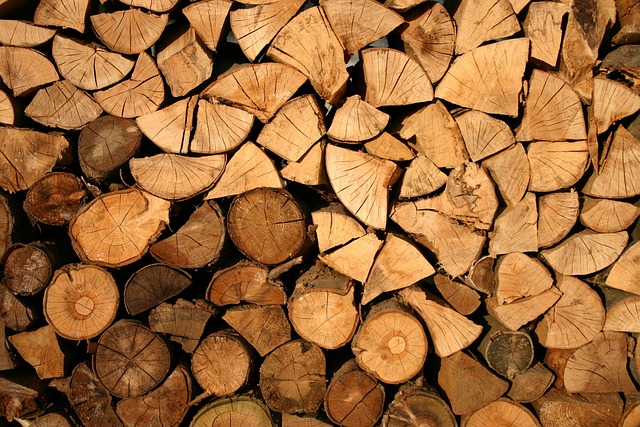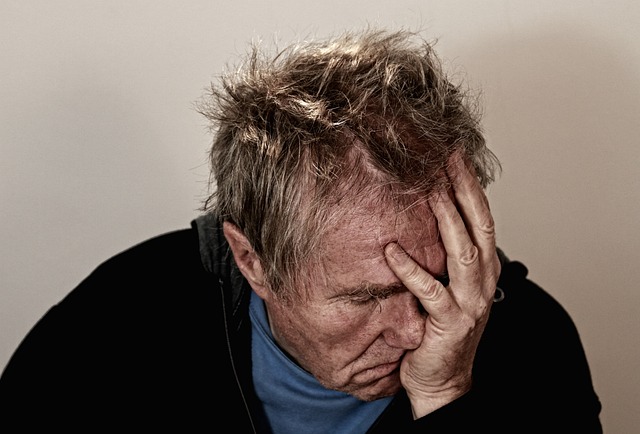Body Dysmorphic Disorder (BDD) is a mental health condition where an individual becomes obsessed with perceived flaws in their appearance, leading to significant distress and functional impairment. When we think about BDD, we often consider its impact on the individual’s mental state, but rarely do we connect it to broader environmental issues, such as deforestation. This connection may seem unconventional, yet understanding how the destruction of our natural world can mirror the experience of someone living with BDD can open up new avenues for empathy and awareness.
Imagine a lush forest—each tree a testament to years of growth, beauty, and a complex ecosystem. Now consider how systemic deforestation harshly strips away these natural structures, leaving behind a scarred landscape devoid of life and beauty. This process bears similarities to how individuals with BDD perceive their bodies. Just as a forest may see its intrinsic value diminished, a person with BDD can feel that their self-worth is torn apart due to distorted self-image.
When trees are felled, the balance of nature is disrupted, leading to loss not just of trees, but of habitats and biodiversity. Similarly, the emotional landscape of someone with BDD can become barren, as they focus obsessively on perceived imperfections, neglecting the full scope of their identity and potential. In both cases, the result is a profound disconnection—from nature, in the case of deforestation, and from self, in the case of body dysmorphic disorder.
Poverty, societal pressure, and a lack of mental health resources can exacerbate both environmental degradation and personal anguish. Just as marginalized communities often face the brunt of deforestation’s effects through loss of livelihood and health, individuals with BDD frequently navigate a world filled with unrealistic beauty standards, inadequate support systems, and pervasive stigma. The psychological toll is not just individual; it is a reflection of how societal values can shape personal perceptions and experiences.
Furthermore, the consequences of deforestation extend beyond climate change. The emotional and psychological ramifications can weave their way into our communities, just as the internal struggles of those with body dysmorphic disorder ripple through their relationships. The isolation that follows both the destruction of forests and the battle with BDD speaks to a universal longing for connection—to the earth, to one another, and to oneself.
Addressing these issues requires a multi-layered approach. Just as reforestation efforts aim to heal damaged ecosystems, mental health interventions can play a pivotal role in helping individuals with BDD. Building awareness around both mental health and environmental sustainability is crucial. Each individual struggling with body dysmorphic disorder deserves compassionate understanding and support, much like our planet deserves efforts to restore its natural beauty and balance.
Ultimately, recognizing the intricate links between body dysmorphic disorder and environmental challenges like deforestation allows for a richer understanding of our human experience. We all share the planet, and in confronting our collective struggles—be it with self-image or the urgency of ecological preservation—we can cultivate a healthier, more empathetic world.




